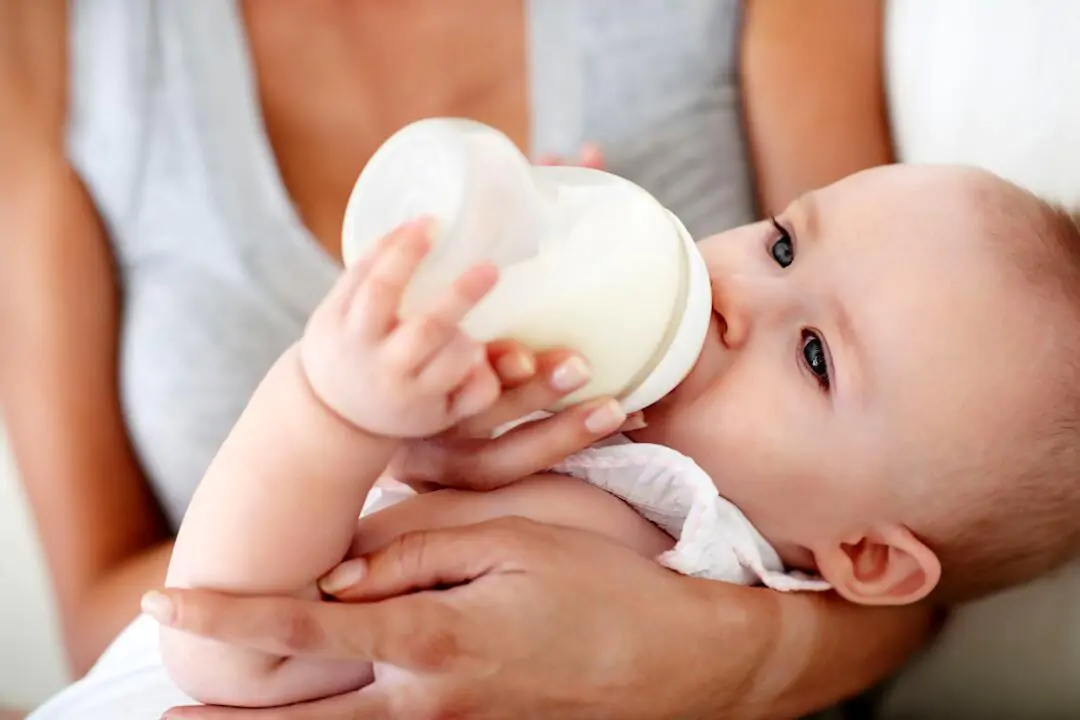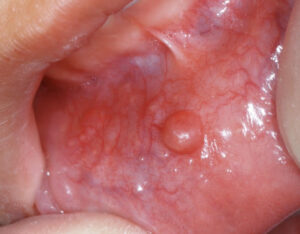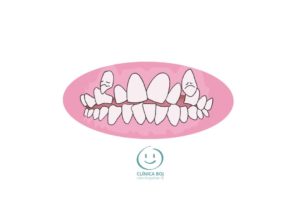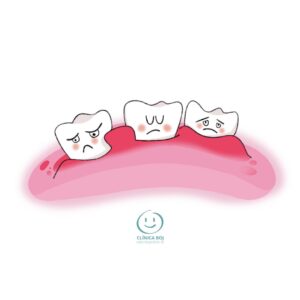Recommended use of pacifiers and bottles for baby’s teeth
Does a pacifier mess up baby’s teeth?
Pacifiers and bottles represent a risk of producing morphological alterations in the baby’s mouth when they are used for a long time. The problem is the deformation produced by the teats. Fortunately, this risk does not occur with the mother’s breast when breastfeeding. Therefore, the sooner it can be replaced by feeding with spoon, fork and cup, the better.
What is the best age to get rid of pacifiers and bottles use in babies?
It is recommended that the use of baby bottles and pacifiers be progressively abandoned at around 12 months of age. Therefore, we will gradually replace them to encourage the change from a sucking to a chewing feeding pattern, and not to favor an atypical swallowing pattern.
Without doubt, chewing improves as more teeth erupt. There is a big change when first molars erupt around 18 months of age and even a greater improvement when second molars erupt around 30-36 months of age. What is amazing in children is how they chew even without molars when they are little babies.
An atypical type of swallowing pattern produces orthodontic problems such as cross-bites and open bites with the consequent habit of lingual protraction (thrusting).
What are the risks associated with bottle and pacifier use in babies?
Parents should try to get their children to drink from a cup by the first year of age.
As already said, chewing improves in efficiency as more teeth erupt. A very big change occurs already with the eruption of the first primary molars at around 18 months. In addition, the efficiency achieved is greatly increased again with the eruption of the second milk molars at around 30 months.
It would be advisable to eliminate the bottle from 18 months onwards, in order to drink from a cup without nipples. Continued bottle feeding favors a pattern of sucking, chewing and swallowing known as atypical swallowing. It also favors the consequent conditions for subsequent malocclusions to occur.
Different types of malocclusion may develop, like cross-bites, open-bites and deformation of the upper arch (maxillary bone) and the lower arch (mandibular bone). These children will need orthodontic treatments in the future. Many will be treated with interceptive orthodontics first and later on with corrective orthodontics.
Do bottles produce caries in baby teeth?
Certainly, but it is not the bottle, but whatever the bottle contains. If the bottle contains water there is no problem, but with liquids containing sugar, yes.
Whether the bottle contains milk, juice or sugary liquids, it can cause tooth decay. Not all liquids represent the same risk. Obviously, milk produces a lower risk of cavities than juices or sugary drinks, since it contains less sugars.
Therefore, children can get in the short-run or in the long-run, baby bottle tooth decay. The risk of tooth decay for the child´s teeth increases with
- the amount of sugar,
- the amount of dental plaque,
- and the time both, sugar and/or plaque remain on his/her teeth.
Early weaning from the bottle helps keeping good oral health in babies.
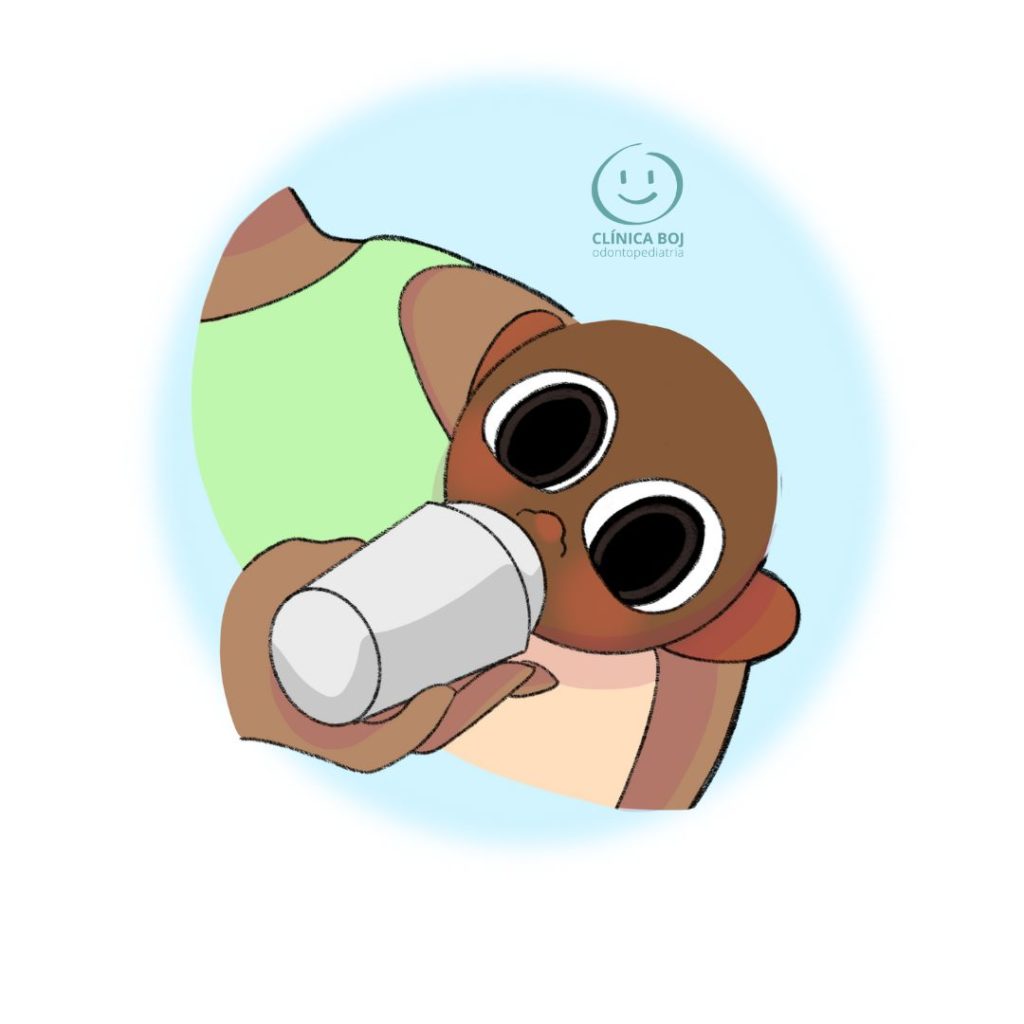
Do bottles make baby teeth crooked?
We have to relate here the use of the bottle or a sippy cup with sugary liquids with tooth decay. We have risk of losing baby teeth due to severe cases of early childhood caries.
Then, in the long term the child gets poor eating habits, speech alterations and the likelihood of getting crooked permanent teeth increases. These new permanent teeth can have also structural problems (enamel defects, de-colorations).
Do doctors recommend pacifiers?
Generally, breastfed children do not need and do not want a pacifier. It is not advisable to try to install it because it can create anatomical deformities with consequent malocclusions that will require orthodontic treatment in the future.
In addition, parents have to insist when they want the child to use it, since almost all breastfed children (exclusive breastfeeding) do not want a pacifier. It is not easy to remove the pacifier mainly when the child uses artificial nipples and is bottle fed. But if it is used, we should try to start diminishing its use at the age of twelve months.
Eliminating the pacifier habit is generally not an easy task for parents due to the ingrained nature of pacifier use. But when the first signs of deformation are detected, it should stop being used. There is risk of creating dental problems mainly with front teeth and bone problems at the same time.
The pediatric dentist will advice parents about when it is convenient early weaning from the bottle and pacifier weaning. We follow the guidelines by the American Academy of Pediatrics, American Academy of Pediatric Dentistry and of the European Academy of Paediatric Dentistry.
If the child is formula-fed, the use of a pacifier reduces the risk of digital suction, even though we do not know the percentage of children that thumb-suck using or not using a pacifier. Also, pacifier used during sleep decreases risk of sudden infant death syndrome.
Why you shouldn’t use a pacifier?
Clearly, the pacifier habit is very common in children under 5 years of age because it helps children to calm down. It is a habit that can trigger alterations at the oral level (depending on the duration, frequency and intensity of its use) and infant swallowing patterns that will also create anatomical alterations and bite problems.
A long duration in time, but with very minimal sucking intensity will create small alterations. At the same time, a short duration of use, but with very high suction forces, can create major deformations in a short period of time.
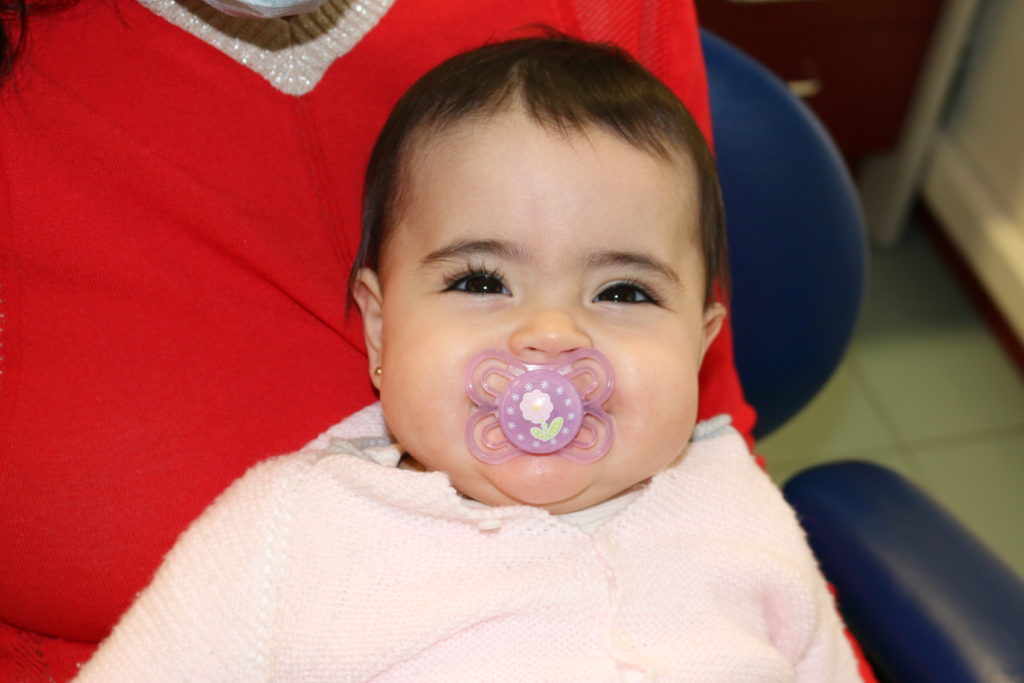
Each of the three factors:
- duration,
- intensity and
- frequency
cannot be analyzed separately to assess risks and damages, but all three must be taken into account and assessed together.
At what point does a pacifier affect teeth?
If the nipple is not anatomical, it will favor a very low position of the tongue. On the other hand, if the nipple is anatomical, it also favors a lower position of the tongue, but not as much as in the previous case. Consequently, the larger the size of the nipple, the more problems it will create.
The low position of the tongue causes the development of a narrow, ogival palate (narrowing of the roof of the mouth). Thus, this high and narrow palate, in turn, may cause a cross-bite. The use of a pacifier blocks to some extent the eruption of the primary incisors, increasing the open bite.
When should a baby’s bottle or pacifier be removed?
The use of a bottle or pacifier beyond one year of age usually produce deformities. Therefore, from that age it is advisable to start reducing it gradually until it is eliminated. However, the time of use is not the only risk, since the intensity of sucking also plays a major role.
Will pacifier teeth go back to normal?
Fortunately, there are cases in which some minimal deformities produced by the pacifier can be self-corrected by eliminating this habit in time and not when it is too late.
References
Boj JR, Ferreira L. Atlas de Odontopediatría. Editorial Ripano, Madrid, 2010.
Boj JR, Delgado R, Espasa E, Hernández M, Cortés O. La evaluación con pruebas de elección múltiple en odontopediatría. Universidad de Barcelona, Barcelona 2020.

